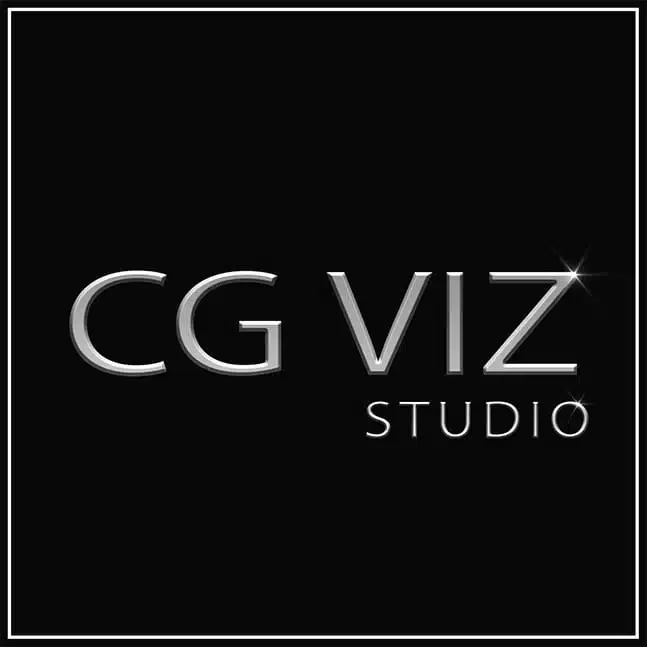Cloud rendering “Ascendant’s” effects
Trapped in an elevator, Ascendant’s protagonist, Aria Wolf (Charlotte Best), uncovers secrets from her past as her tormentors plummet her 100 floors at a time. Director and co-writer Antaine Furlong turns this claustrophobic setup into an expansive sci-fi action film — and the first part of a trilogy featuring Aria.
Ascendant’s VFX Supervisors were Christian Debney, who handled the 3D elements, and his business partner and skilled Flame artist Jonathan Hairman. They headed up a team of just 12 animators and five compositors, making use of V-Ray for 3ds Max and Chaos Cloud to quickly deliver the film’s 400-plus VFX shots.
Here, Christian tells us how Chaos Cloud helped his small studio achieve great results.
About Christian Debney
After graduating in model-making, Christian’s first job was creating lightsaber and gun props for Star Wars: Episode I – The Phantom Menace in the UK before heading to Sydney, Australia to work on Star Wars: Episode II – Attack of the Clones. While creating his own short films he taught himself 3D and subsequently picked up VFX work on cult sci-fi TV show Farscape and directed music videos for Coldplay and Simple Minds. Today, Christian runs Stage23, a VFX company based at Fox Studios in Sydney, while working on his own directorial projects.
How did you involve?
My first short film, Good Luck Jeffrey Brown, was produced by Jacqui Louez and Josh Pomeranz. Josh runs Spectrum films, Australia’s premiere editing facility; we have worked together for many years developing film projects, and the Ascendant job came through him. We met with the director, cinematographer, and producers — and the rest is history.
What were the most challenging shots, and why?
The more we worked with the director, the more we realized the VFX was almost a character within the film. Apart from the volume of shots, from 75 to over 400, the most challenging elements were the fracturing effects. We had made the decision to use 3ds Max, but, as fate would have it, tyFlow was released which allowed us to do things we hadn’t been able to in 3ds Max — or at least not as easily.
What’s your software pipeline?
I’ve only really used 3ds Max and V-Ray for 3ds Max. As this film was mostly photorealistic environment shots of an elevator inside a 120-floor lift shaft, it was a no-brainer for me to go with what I knew.
I had tested Chaos Cloud since it started and I’m impressed with it.” Christian Debney, VFX Supervisor, Ascendant
What made Chaos Cloud a great fit for this production?
We’re only a small studio and don’t have a huge render farm. We like to be forward-thinking; we were employing some of our staff remotely pre-COVID! Some of the renderings came naturally, it was our main focus.
Are there any exciting or unusual ways to use Chaos Cloud?
We had a team of guys who are really pushing the Cloud, they should know me and can separate fog passes and the beauty. The great thing about Chaos Cloud we had uploaded the full elevator and shaft model. It was a huge asset and would need to upload the cameras and the odd prop or lighting change, which really sped up the whole process.
We hear you’ll be sitting in the director’s chair for your next project! Could you give us a taste of what to expect?
Currently, we’re in pre-production for a horror film, a feature which will be my first feature-length film as a director. I spent many years directing music videos in London and ran a couple of VFX studios there.
But that’s not all: I’m in the middle of a VR film project that I’ve been working on for some time now, which was the first project I was running through the Chaos Cloud. I’m also directing a feature documentary that contains animation. And we just had a baby so life is pretty busy!
As well as creating and developing our own productions, Stage 23 is gearing up for a couple of really interesting feature films this year. We’re always on the lookout for talented artists. We recognize that a lot of artists wish to have more creative input into the filmmaking process and that is something we like to encourage. As a company that’s been created by artists, it’s something we respect
This story is published in partnership with Australian Chaos reseller Storm FX.
Henry Winchester is Chaos` chief writer and editor. He’s passionate about VFX, arch-viz, and design. He lives in Bristol, UK, but you’ll often see him at Chaos events in Europe and the US.
VFX
Artjail’s Lexus spot features bendy fruit falling from the sky. Head of 3D Ross Denner tells us how V-Ray for Houdini was instrumental in this imaginative ad.
VFX
What started as an R&D project evolved into a thought-provoking short film. Here’s how Nu Boyana FX used V-Ray for Maya to create a photorealistic digital human.
VFX
Mondlicht Studios and Rhubarb Agency’s campaigns for “Utopia,” “Altered Carbon” and “Alta Mar” are humongous. Find out how V-Ray for 3ds Max helped create them.



